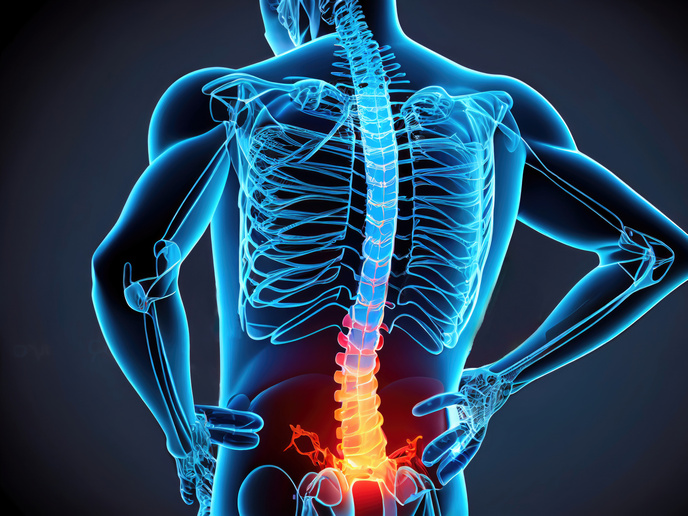Towards high-definition telepresence
Technological innovations leading to high-fidelity recordings and synthesis of natural signals for stimulating the human sensory system have transformed the modern way of life. However, the full sensation of presence in a virtual environment requires tactile and kinesthetic feedback, in addition to audio and visual information. More importantly, tactile feedback can improve the human tactile perception in modern telemanipulation systems. In order to advance human-computer interfaces (HCIs) beyond mere multi-media applications, the limits of current technologies have been significantly extended within the TOUCH-HAPSYS project. Non-mechanical physical principles such as magnetic and electric fields were exploited for force generation, along with new mechanically active materials, including polymeric gels, artificial muscles and biomolecular actuators. Project partners' research work, under the coordination of Technische Universität München, led to the development of a powerful hand/arm kinaesthetic display to provide spacious force feedback to the operator's hand. Due to its hyper-redundant joint design, ViSHaRD10 (Virtual Scenario Haptic Rendering Device with 10 degrees of freedom) offered a large workspace and a maximum payload, which was sufficient to attach additional haptic displays. As the influence of forces tangential to the fingertips plays an important role in the tactile exploration of objects, a novel sphere-based tactile slip friction display was mounted on ViSHaRD10. To provide individual force stimuli tangential to the surface of the human skin in the area of the fingertip, ViSHaRD10 was further connected with a tactile shear force display. For smaller scale features, like pointedness and texture of solid objects, not displayable with a kinesthetic feedback alone, tactile information could be provided through a matrix of stacked piezo-actuators. The modular integration of a kinaesthetic display and several tactile displays in serial configuration provided a versatile experimental setup to improve the current understanding of the haptic modality of human perception. Besides the various possible telepresence and virtual reality (VR) applications, the integrated haptic devices could provide a robust tool for investigating the psychophysical basis of human kinesthetic and tactile perception.







